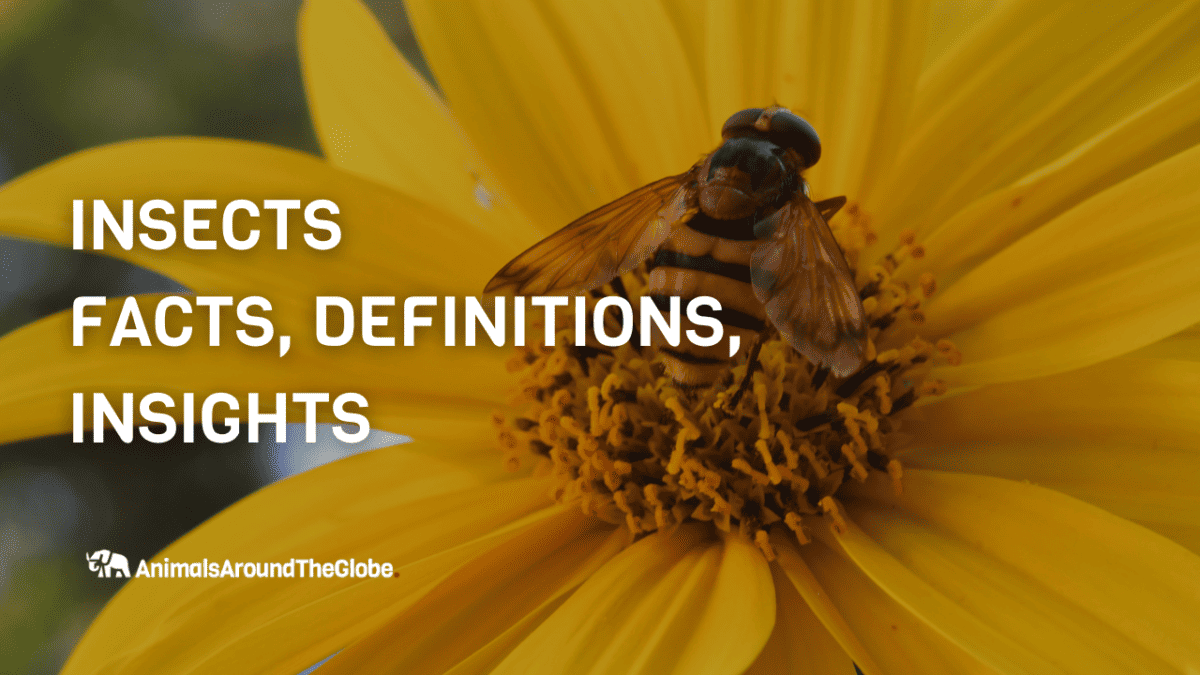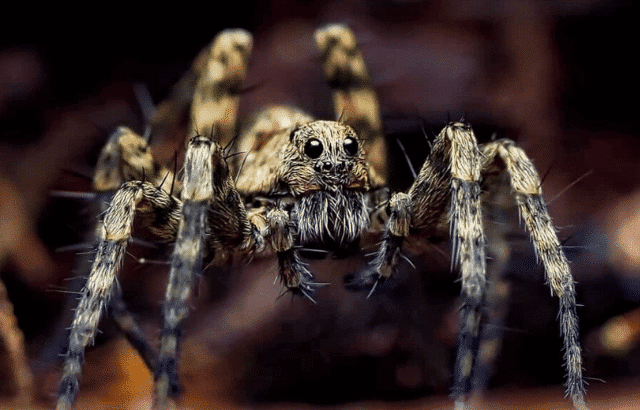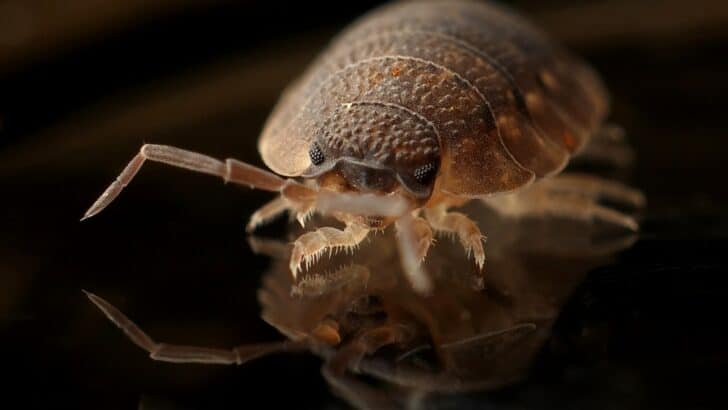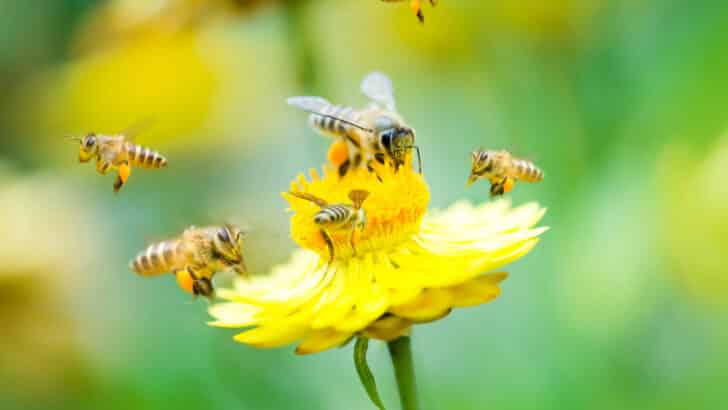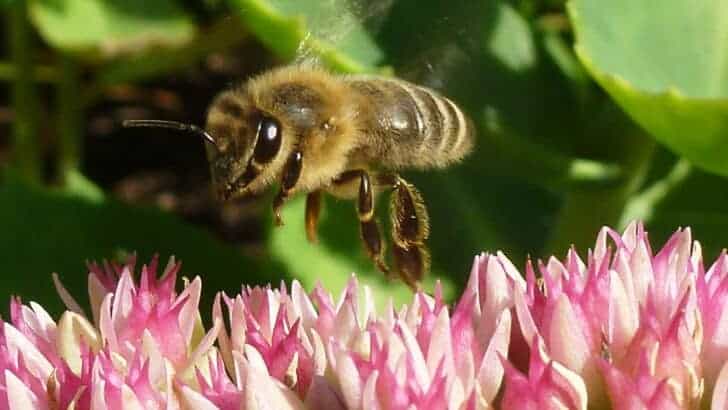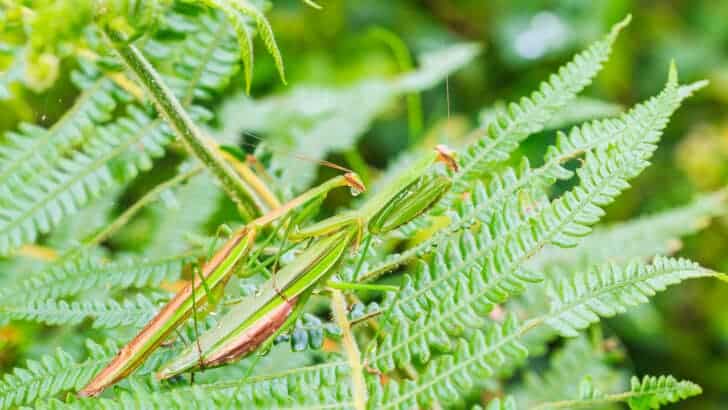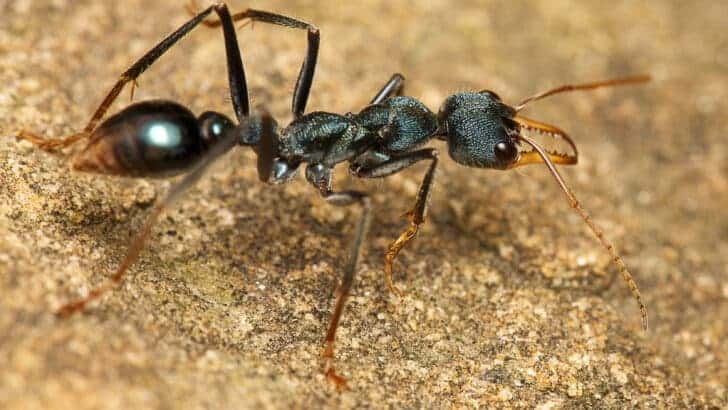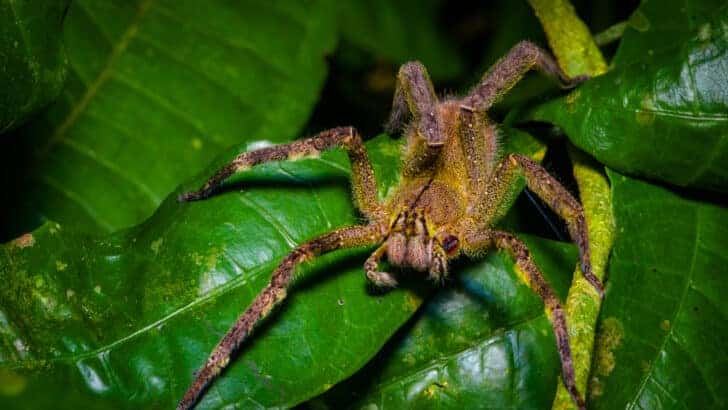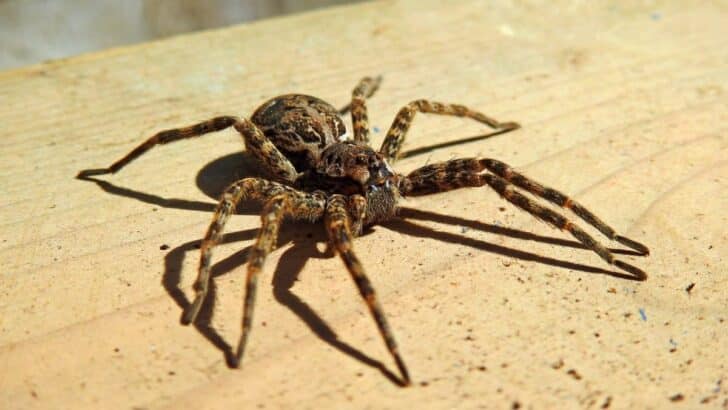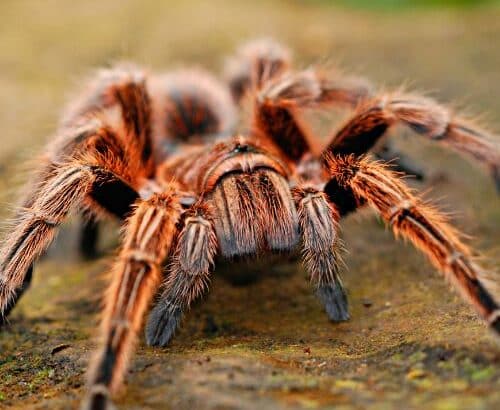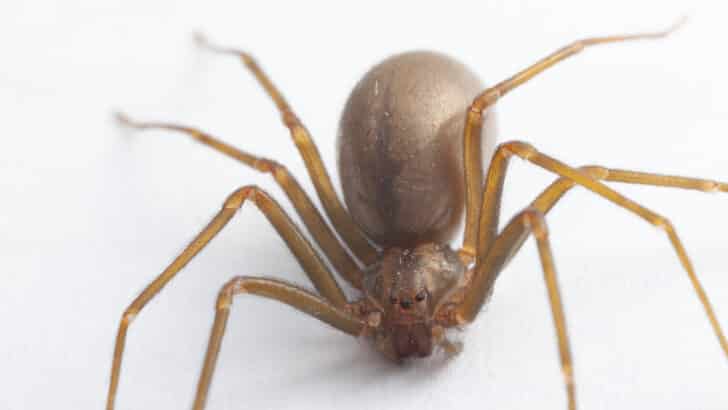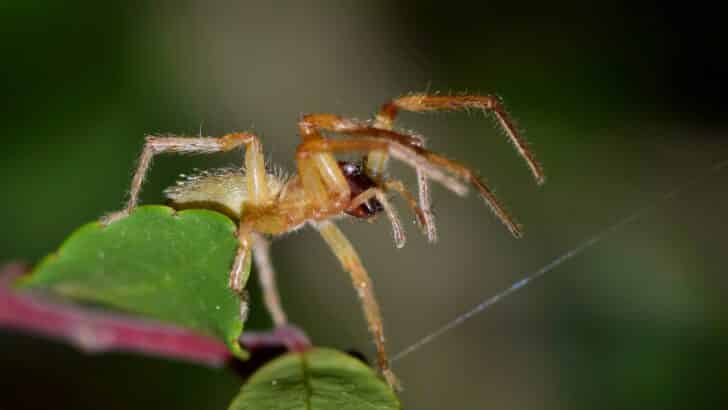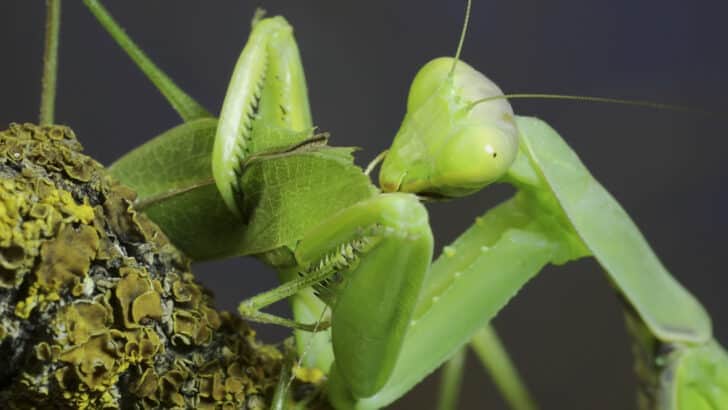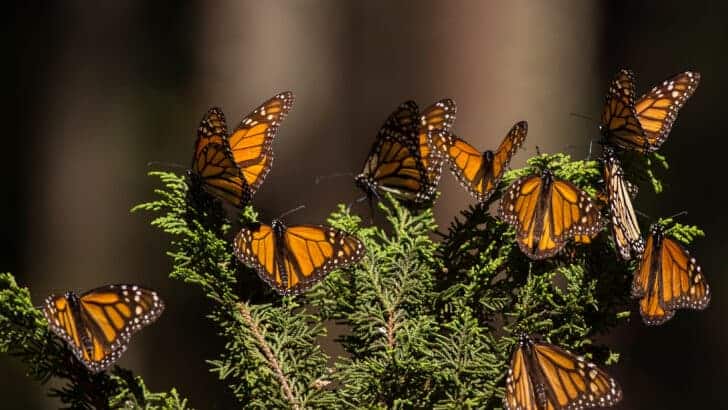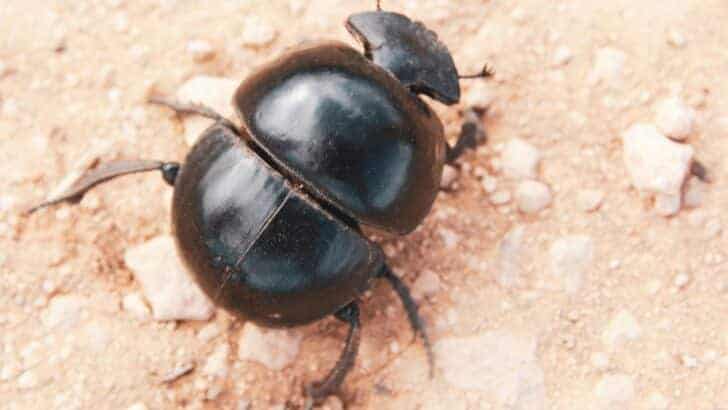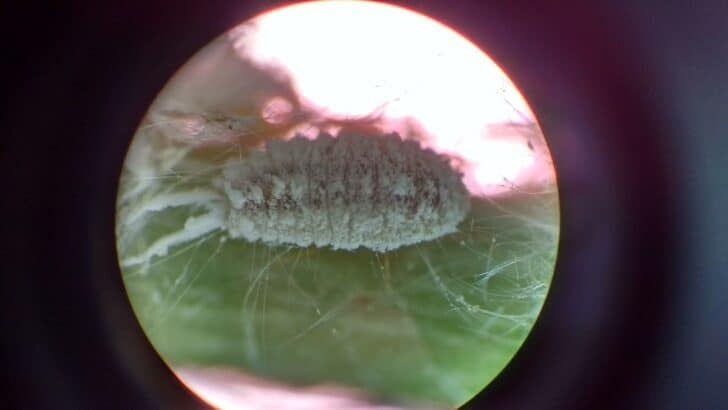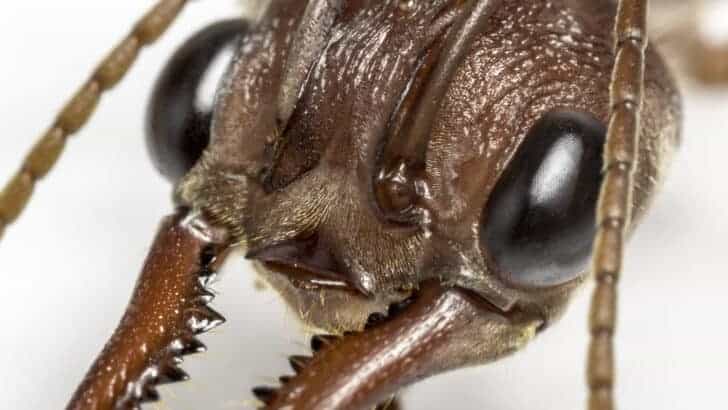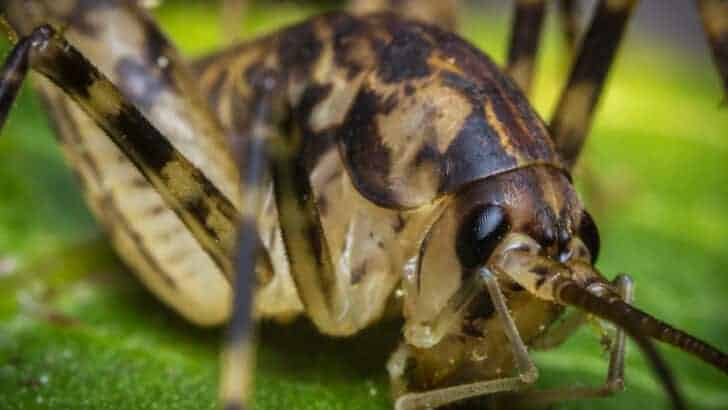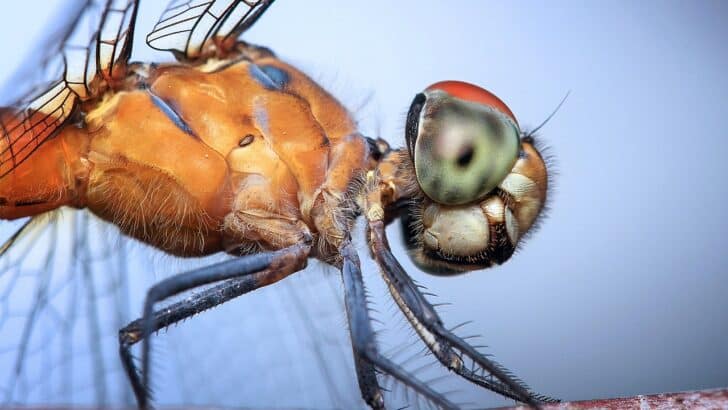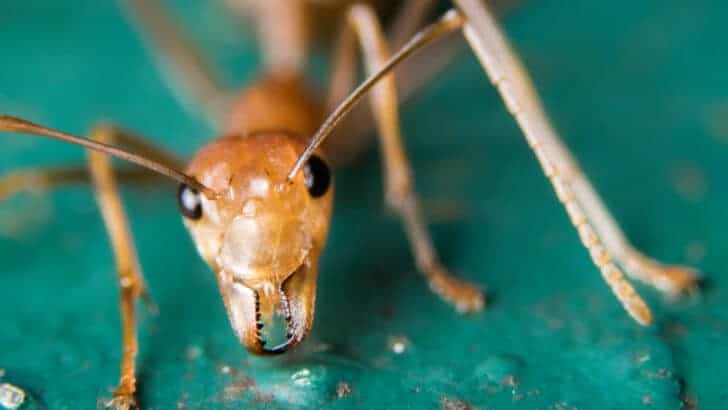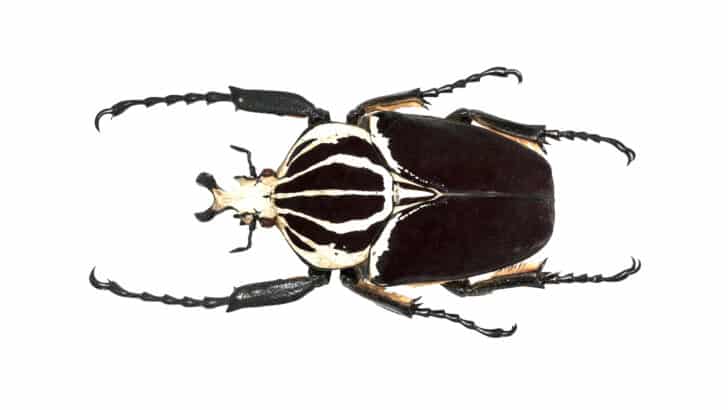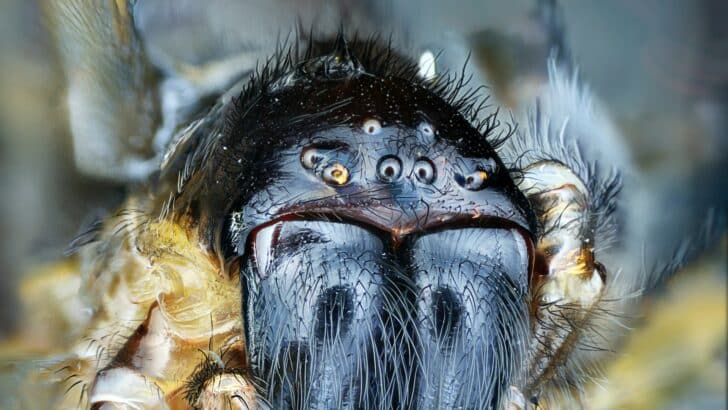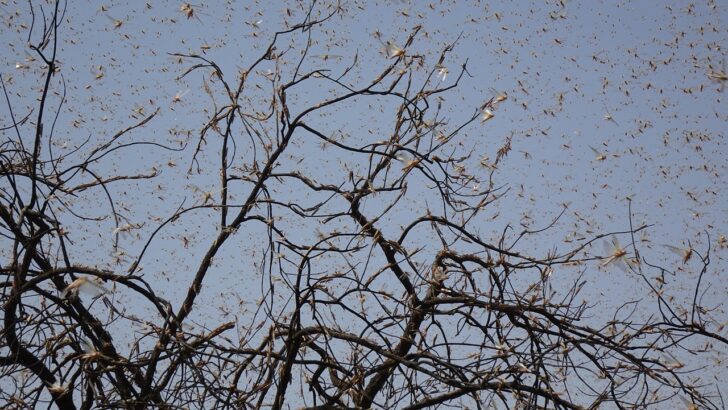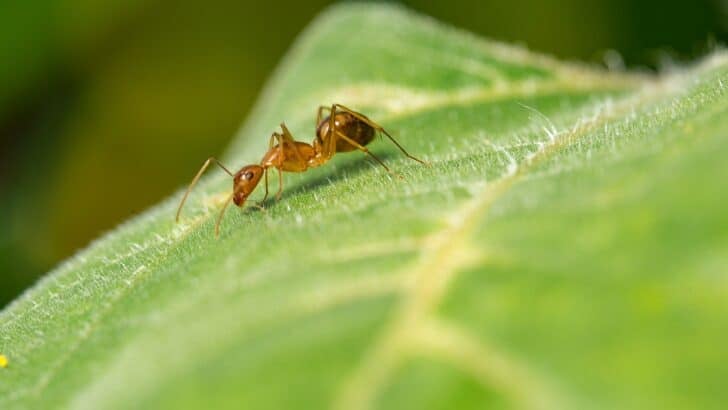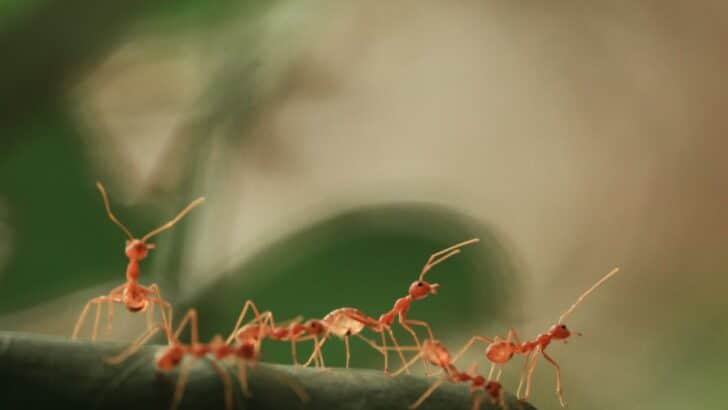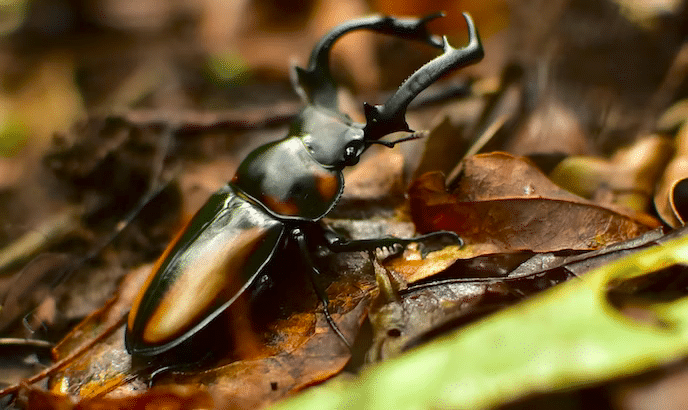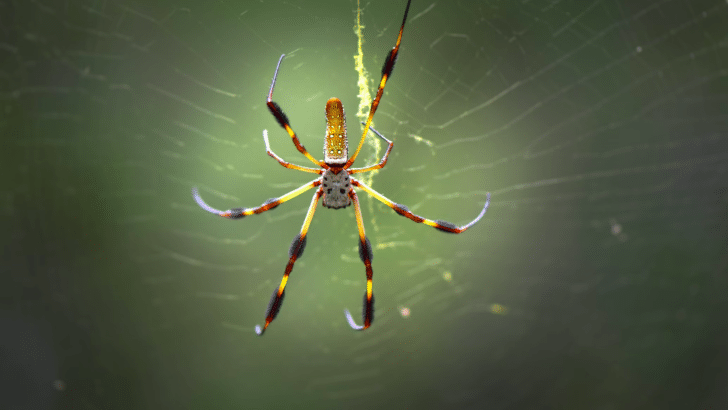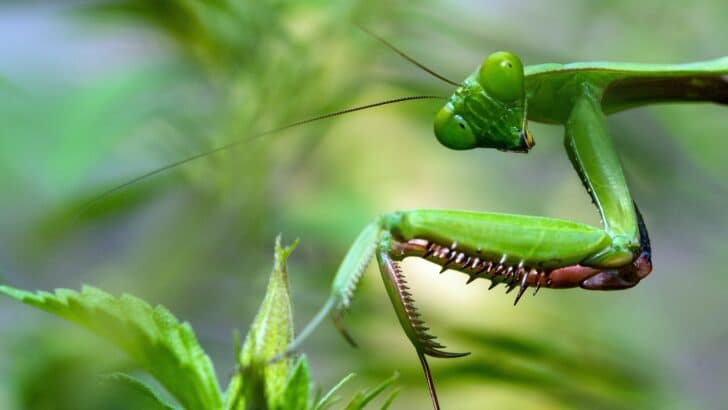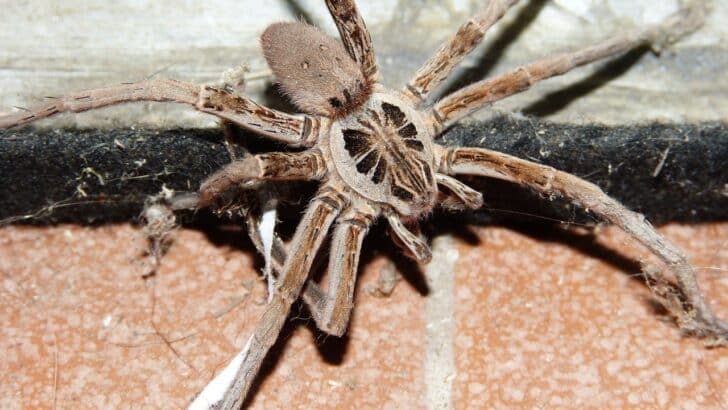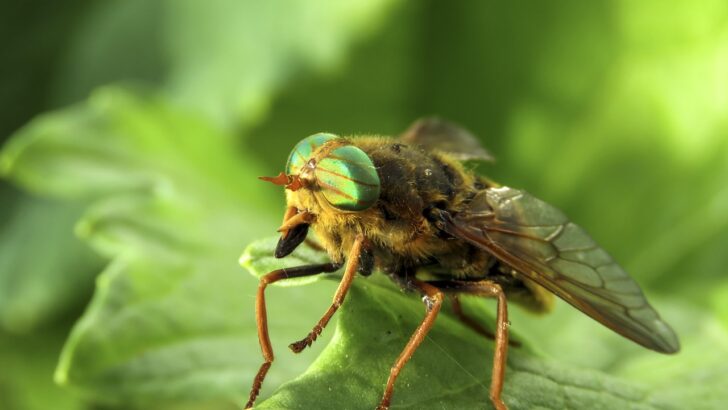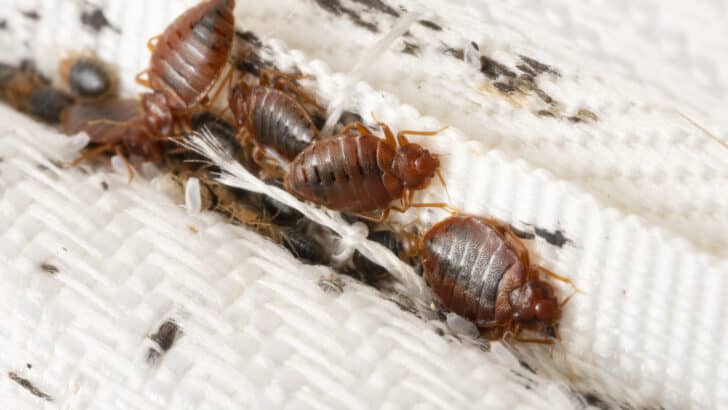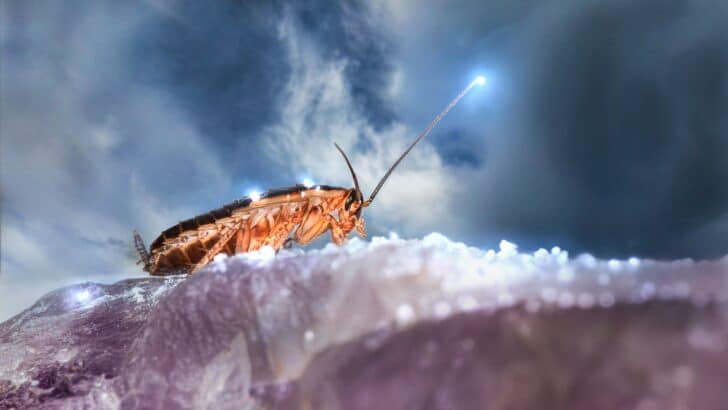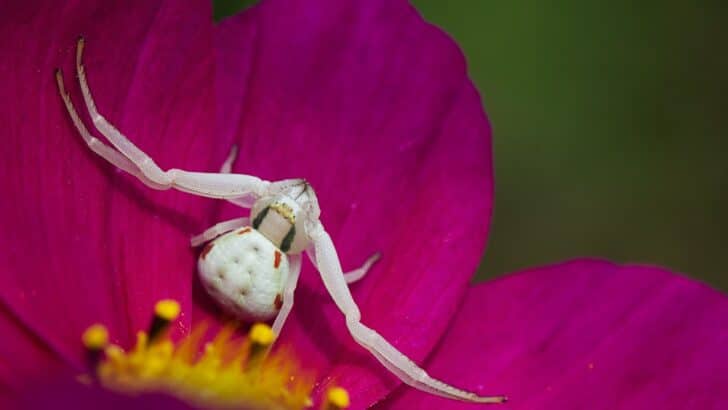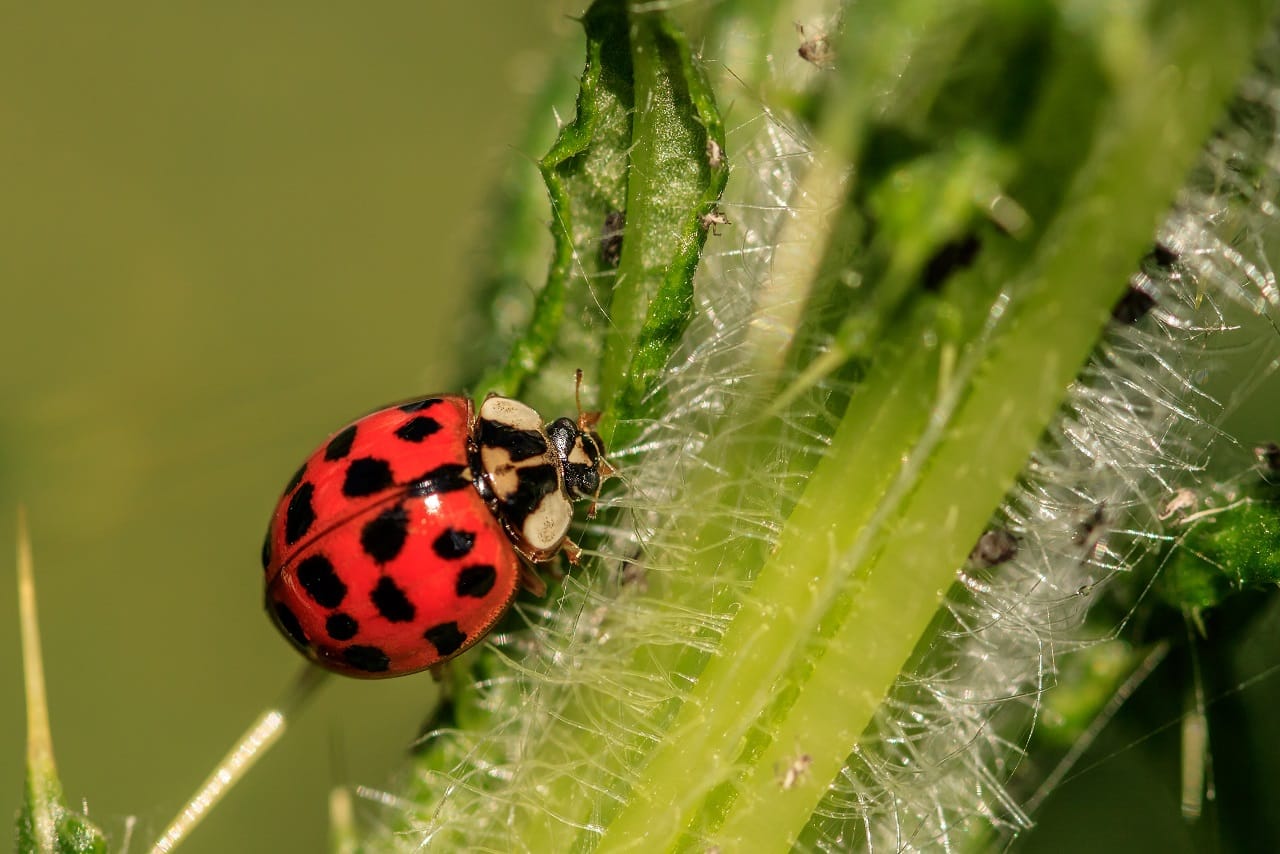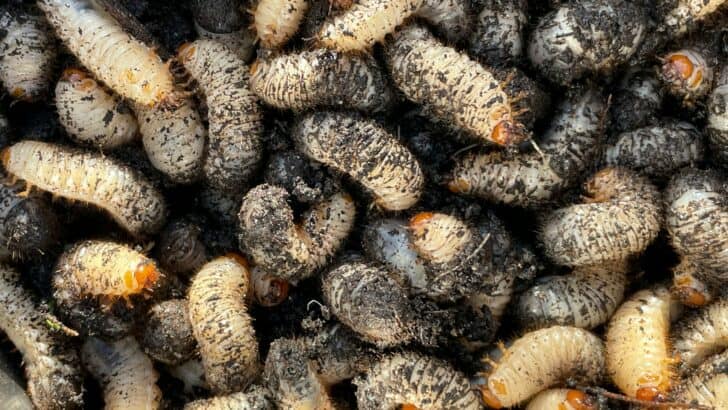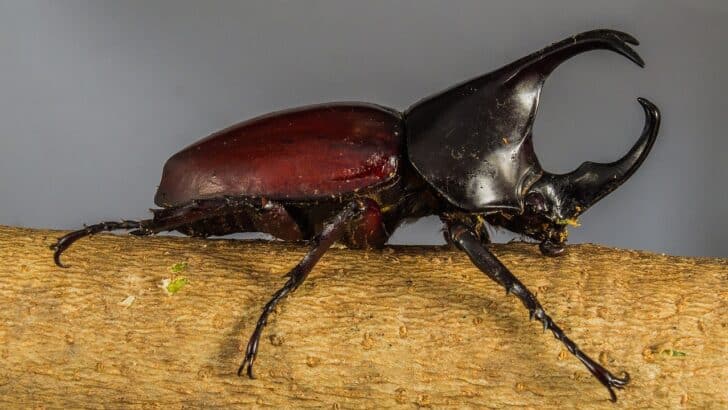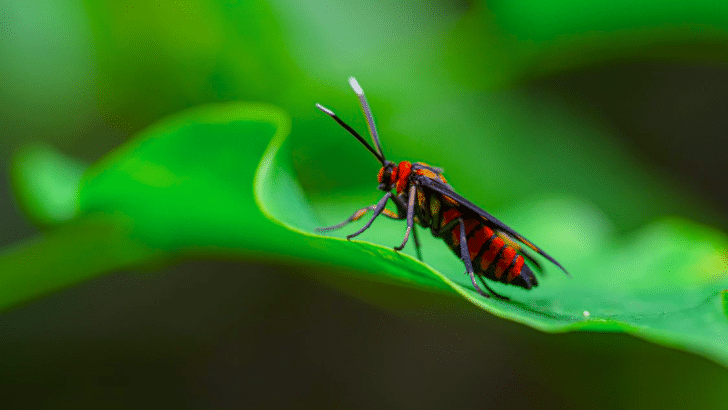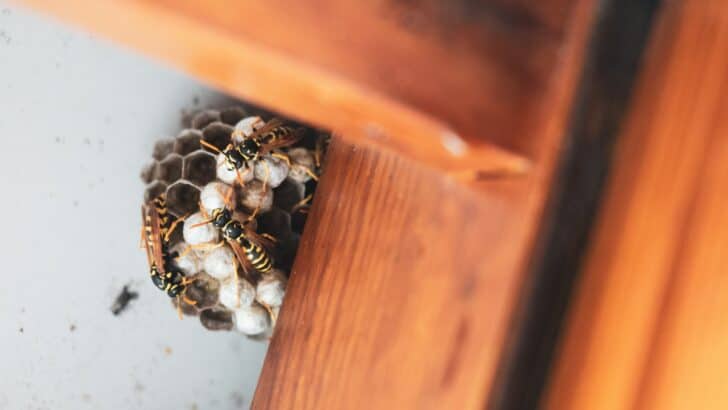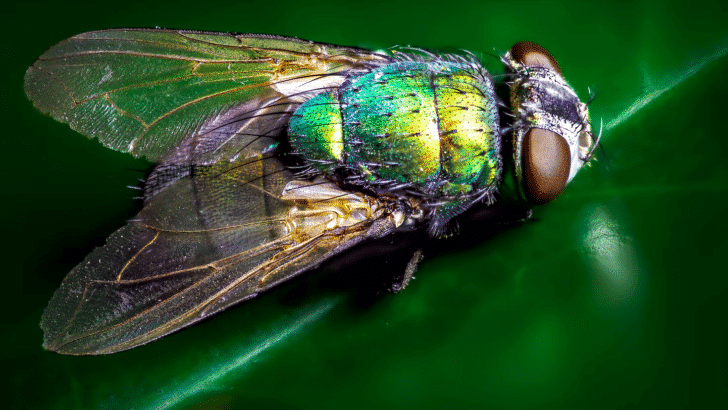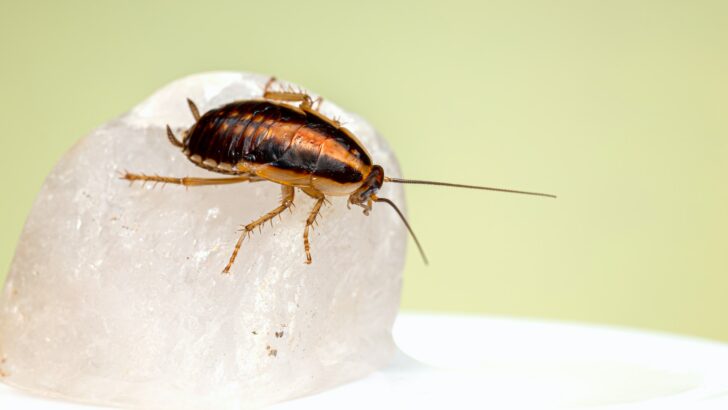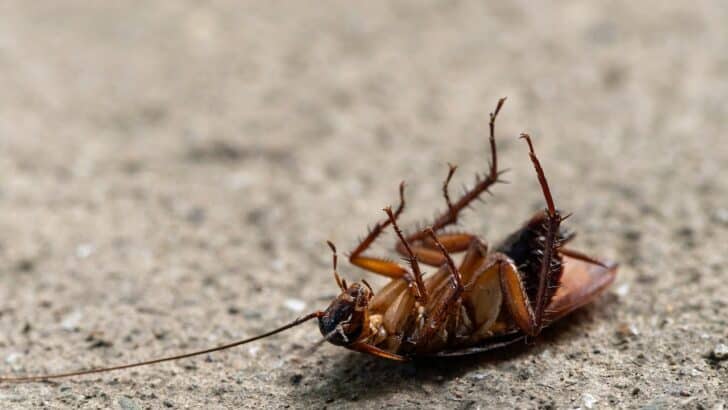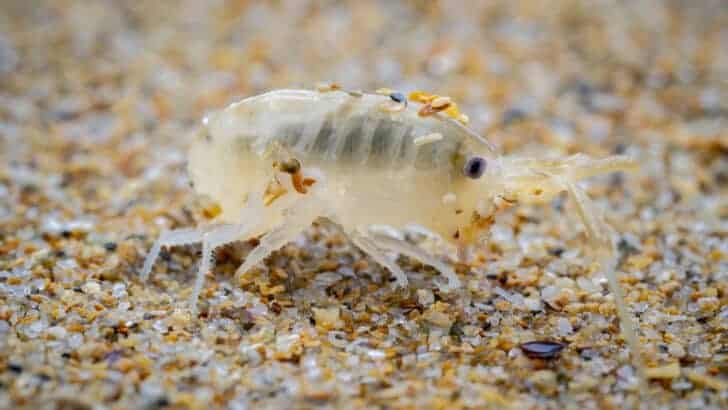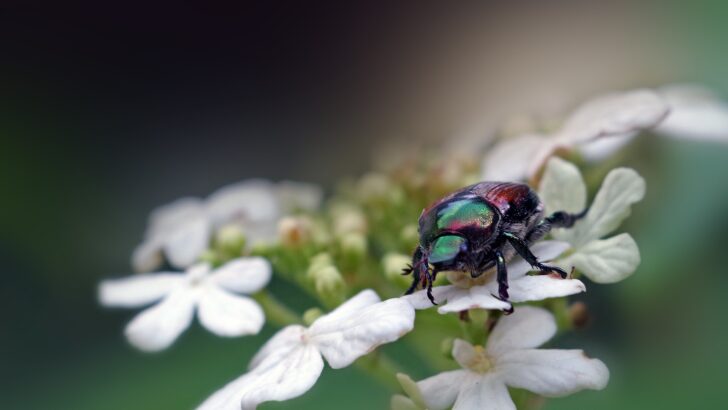The world of insects is mysterious and fascinating, filled with an incredible diversity of life. From busy bees buzzing around to lightning-fast dragonflies darting across the sky, there’s always something to captivate us regarding these amazing creatures.
Dive Into The World Of Insects
- Wolf Spider vs. Brown Recluse Spider

- Early Signs Of Bed Bugs

- The Vital Role of Insects and Animals in American Farming

- How Bees Pollinating Help Save the World

- US Bee Populations on the Rise

- Cannibalism: The Dark Side of Praying Mantises’ Mating Rituals

- Bullet Ant Bite – The Sting of a Legend

- The World’s Most Venomous Spider: The Brazilian Wandering Spider

- California’s Venomous Spiders

- Texas’s Venomous Spiders

- Unearth the Reality of Illinois’s Brown Recluse Spiders

- Unearth the Reality of Pennsylvania’s Venomous Spiders

- The Bizarre Mating Rituals of the Praying Mantis

- The Incredible Migration of Monarch Butterflies

- Discover The Heaviest Dung Beetle Ever Recorded

- These Tiny Creatures Are the World’s Smallest Predators

- Witness the Most Powerful Sting In the Insect Kingdom

- Uncover the Giant Weta the World’s Heaviest Insect

- The Fastest Flying Insect in the World: The Dragonfly

- Florida’s Feisty Insects: Fire Ants

- Pennsylvania’s Unseen Danger: Ticks and Lyme Disease

- Encounter the Largest Goliath Beetle Ever Discovered

- The Biggest Spider Web Ever Found (over 80 feet long)

- Behold the Most Massive Flock of Swarming Locusts Ever Seen

- Record-Breaking Ant Colony Found

- Meet the Zombie Fungus that Mind-Controls Insects

- Most Aggressive Insect In The World

- Banana Spiders Of Florida

- Do Praying Mantis Bite?

- Getting To Know the Rabid Wolf Spider

- How To Get Rid of Roaches Overnight

- Horsefly Bite

- All You Need To Know About Bed Bug Bites

- Do Cockroaches Bite?

- Discover the Crab Spider

- Do Ladybugs Bite?

- Exploring the World of Maggots

- The Hercules Beetle: One of a Kind

- All About Red Wasp

- Hornet Nest: A Guide for Beginners

- How Long Does A Fly Live?

- Creepy Cockroaches in Ohio

- Early Signs Of Cockroach Pregnancy

- Sand Fleas

- Japanese Beetle Traps: How Effective Are They?

Read more about all types of wildlife here.
Overview Of The Most Intriguing Insects
Dive into the world of insects, where each creature boasts unique traits that set it apart in the natural kingdom. We created this table to showcases 20 remarkable insects, highlighting their special characteristics and the fascinating ways these features are defined.
| Insect | Special Characteristic | Definition |
|---|---|---|
| Wasp | Wing Speed | Flap speed, up to 120 beats per second |
| Honeybee | Dance Communication | Use of “waggle dance” to communicate food location |
| Firefly | Bioluminescence | Ability to produce light for communication and mating |
| Dragonfly | Flight Agility | Can hover, fly backwards, and change direction rapidly |
| Flea | Jumping Ability | Can jump up to 150 times their body length |
| Butterfly | Color Vision | Can see a range of colors including ultraviolet |
| Ant | Strength | Can lift 20 times their body weight |
| Mosquito | Heat Detection | Can detect heat to find blood vessels |
| Praying Mantis | Head Rotation | Can rotate their head 180 degrees to scan surroundings |
| Termite | Social Structure | Operate within highly organized societal systems |
| Ladybug | Aphid Consumption | Can consume up to 50 aphids a day |
| Dung Beetle | Navigation by Stars | Use the Milky Way for orientation |
| Stick Insect | Camouflage | Can mimic surrounding plants for protection |
| Cicada | Sound Production | Can produce sounds up to 120 dB |
| Monarch Butterfly | Migration | Travel up to 3,000 miles during migration |
| Water Strider | Surface Tension Utilization | Can walk on water by distributing weight across legs |
| Grasshopper | Hearing Organs | Have hearing organs in their abdomen |
| Cockroach | Speed | Can run up to 3 miles per hour |
| Bumblebee | Pollen Basket | Have corbiculae on their hind legs to collect pollen |
| Silverfish | Speed of Movement | Can move side-to-side in a fish-like motion |
Newest Category: Insects
Latest posts by Chris Weber (see all)
- 5 Best Places to See African Wild Dogs - April 24, 2024
- Best Places to See Giant Pandas - April 23, 2024
- Sea Snakes: A Complete Guide - April 23, 2024

